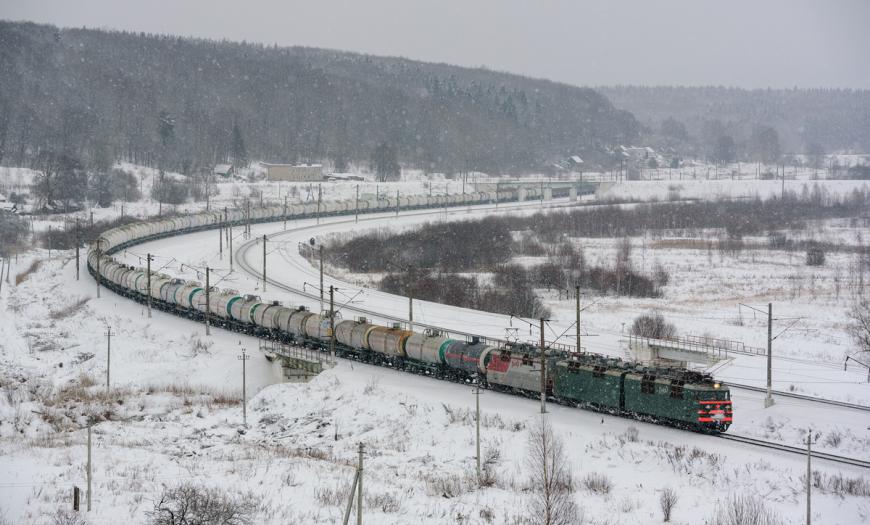The Novgorod - Smolensk line was designed as a link of the Leningrad (now St. Petersburg) - Orel railway, the construction of which began in pre-revolutionary times, but was suspended due to the First World War.
Surveys on the route were carried out in 1912, 1914, 1917, 1930–1931 and 1934. By 1935, the technical conditions, according to which the previous design and survey work were carried out, became obsolete. Lentransproekt (since 1951 - Lengiprotrans) was instructed to draw up a new complex technical project.
The line was divided into 2 parts: Novgorod - Soblago (248 km) and Soblago - Smolensk (222 km). It was designed as a single-track steam line. The capacity is designed for 20 pairs of transit freight trains.
In 1935, Lentransproekt began field surveys, 3 paths and 6 geological parties, as well as a drilling team were organized. In 1936, the technical project was submitted for approval, but the construction work was suspended.
In 1938, the construction of the railway was resumed. In connection with the change in assignments and special requirements, Lentransproekt organized new surveys to correct the project. In 1938-1939, field work was carried out, options for the approach of the line to Novgorod were considered. As a result of comparisons, a course was chosen to the east of Lake Ilmen, without entering the existing Novgorod station. The connection to the Leningrad-Novgorod railway was carried out at the Gorenka station, where the Novgorod II junction was designed.
In 1939, the project of the Smolensk - Soblago section was submitted for approval, and in 1940 - the Soblago - Novogorod section. However, construction of the road proceeded slowly and was suspended with the outbreak of World War II.
Author's department:
Project Status:


